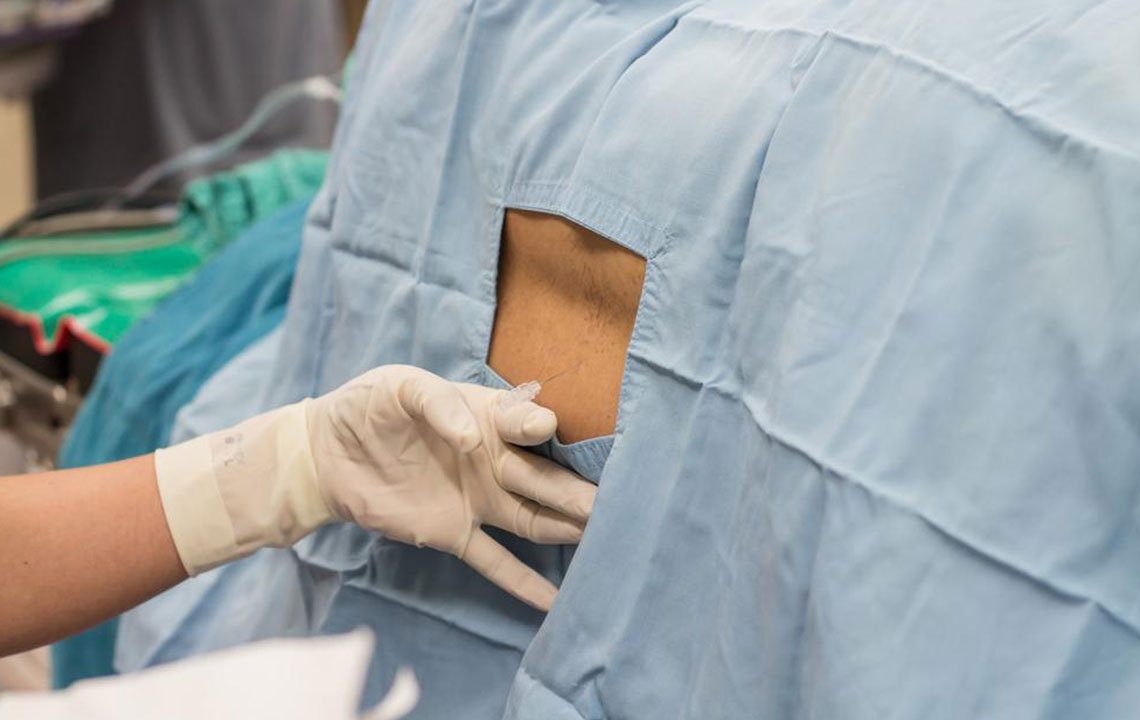Effective Strategies for Managing Uterine Fibroids
Discover effective management options for uterine fibroids, including minimally invasive surgery, hormonal therapy, laser ablation, and endometrial destruction. Understand each treatment's procedures, benefits, and considerations to make informed healthcare decisions tailored to your needs.

Effective Strategies for Managing Uterine Fibroids
Uterine fibroids are common noncancerous growths affecting many women, often leading to pain, heavy menstrual bleeding, and fertility issues if untreated. Factors like genetics, high estrogen levels post-menopause, and endometriosis history contribute to their development. This article explores various treatment options available to manage and eliminate fibroids effectively.
Uterine fibroid management options
Treatments vary from minimally invasive procedures to more invasive surgeries. Some focus on shrinking fibroids, while others aim to remove them entirely.
Examples include:
Laparoscopic intervention
A widely used procedure, laparoscopic surgery involves small incisions and the use of a thin camera to visualize the uterus. After administering local anesthesia, the surgeon inserts the laparoscope and specialized instruments through tiny cannulas to locate and remove fibroids. Additional procedures, like removing endometriosis lesions, may also be performed for comprehensive care.
This minimally invasive technique causes minimal tissue trauma and typically takes about two hours, including preparation time.
Hormone-based treatments
Non-surgical options that effectively reduce fibroid size and alleviate symptoms include hormonal therapies. These involve oral medications to balance estrogen and progestin or injectable synthetic progesterone administered bi-monthly, helping shrink fibroids over time. IUDs releasing progesterone can also be utilized. Side effects such as mood swings or headaches are common.
Laser Ablation
Using infrared light, laser therapy heats and shrinks fibroids. Conducted under local or general anesthesia, this outpatient procedure employs a wand-like device to deliver targeted infrared energy through small abdominal incisions, avoiding damage to surrounding tissues.
Infrared light penetrates deep, safely reducing fibroid growth even in severe cases with minimal side effects.
Endometrial Destruction
This procedure destroys the uterine lining causing bleeding and pain, employing laser, heat, electric current, or freezing techniques. Often performed in outpatient settings under anesthesia, a catheter is inserted, and energy is delivered to eliminate the endometrial tissue. Additional treatments might be needed for recurrent fibroids, and it may not offer permanent relief.
Consult a healthcare provider promptly when symptoms arise. Depending on fibroid size, position, and patient health, doctors may recommend surgical removal or other treatments to ensure optimal outcomes.
Note:
Our platform provides diverse, practical health information. While helpful, these articles are for informational purposes and should not replace medical advice. Always consult a healthcare professional for diagnosis and treatment options. We do not endorse specific procedures or offers, and individual results may vary.









